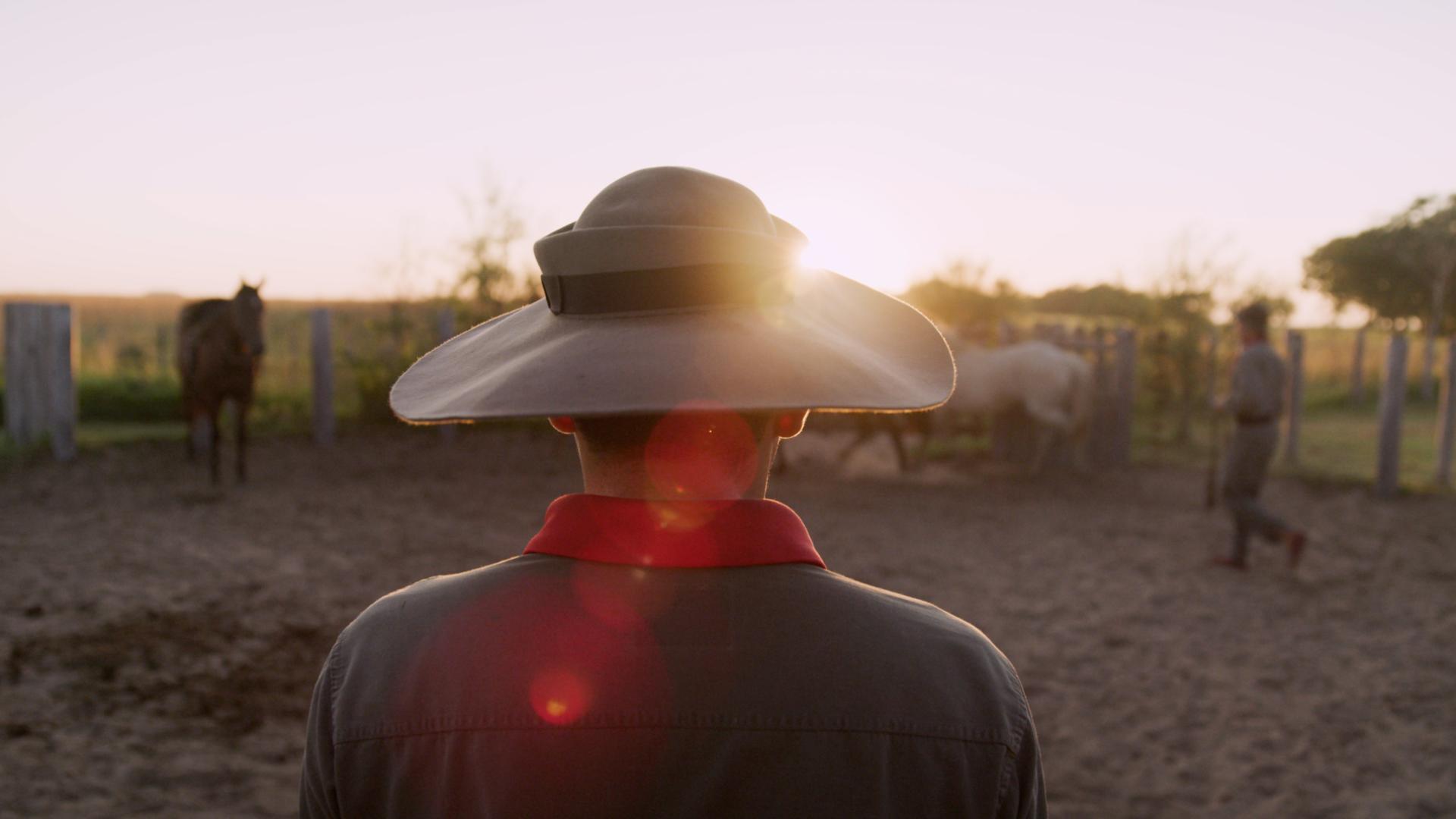
Introduction by the Impact Media Team at National Geographic
National Geographic Society
A planet in balance is one in which people, species, and economies can all thrive. But with threats like habitat destruction, climate change, and species extinction, we are living on a planet that is increasingly out of balance. The planet’s wild places are disappearing at an unprecedented rate. In less than 50 years, we’ve lost 60 percent of wildlife populations. In the last century, 90 percent of large ocean fish have disappeared. Species of plants, animals, and insects are going extinct more than 1,000 times faster than ever before.
The good news? In protected areas, life comes back. Already, 15 percent of our land and 7 percent of our ocean are part of officially protected areas. But it’s not enough. That’s why the National Geographic Society has launched Last Wild Places, a decade-long initiative to help protect the places that sustain life on Earth.
We envision a world where intact large wilderness areas contain the bulk of biodiversity on our planet, are resilient to—and help us mitigate—climate change, and continue providing the goods and services that are essential for humanity’s survival. Our target is ambitious but based on the best science: to protect at least 30 percent of the planet by 2030.
- Year2019-2020
- LanguageEnglish and Spanish
- CountryUnited States, Malawi, Argentina
Introduction by the Impact Media Team at National Geographic
National Geographic Society
A planet in balance is one in which people, species, and economies can all thrive. But with threats like habitat destruction, climate change, and species extinction, we are living on a planet that is increasingly out of balance. The planet’s wild places are disappearing at an unprecedented rate. In less than 50 years, we’ve lost 60 percent of wildlife populations. In the last century, 90 percent of large ocean fish have disappeared. Species of plants, animals, and insects are going extinct more than 1,000 times faster than ever before.
The good news? In protected areas, life comes back. Already, 15 percent of our land and 7 percent of our ocean are part of officially protected areas. But it’s not enough. That’s why the National Geographic Society has launched Last Wild Places, a decade-long initiative to help protect the places that sustain life on Earth.
We envision a world where intact large wilderness areas contain the bulk of biodiversity on our planet, are resilient to—and help us mitigate—climate change, and continue providing the goods and services that are essential for humanity’s survival. Our target is ambitious but based on the best science: to protect at least 30 percent of the planet by 2030.
- Year2019-2020
- LanguageEnglish and Spanish
- CountryUnited States, Malawi, Argentina